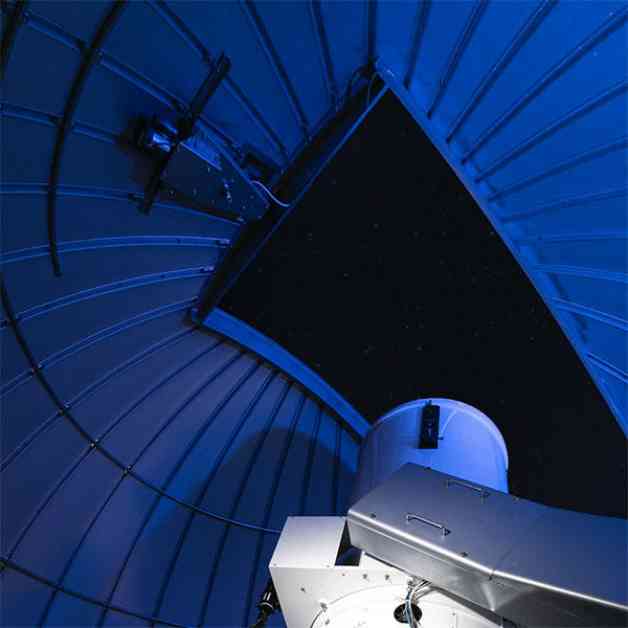George Mason University is set to embark on a pioneering NASA mission known as the Landolt NASA Space Mission. This groundbreaking initiative, with a budget of $19.5 million, will involve placing an artificial “star” in orbit around the Earth. The primary purpose of this artificial star is to help scientists calibrate telescopes and accurately measure the brightness of stars, ranging from those in close proximity to distant supernova explosions in galaxies far away. By establishing absolute flux calibration, the mission aims to tackle various challenges in astrophysics, particularly related to the expansion speed and acceleration of the universe.
According to George Mason University President Gregory Washington, this mission signifies another significant milestone for the university, highlighting its impact as a leading public research institution. The collaboration between George Mason University’s College of Science associate professor Peter Plavchan and NASA underscores the institution’s commitment to pushing the boundaries of knowledge.
The Landolt Mission, named after the late astronomer Arlo Landolt, who compiled widely used catalogs of stellar brightness, will launch a light into the sky in 2029 with a known emission rate of photons. This artificial star will have eight lasers that will shine at ground optical telescopes to facilitate calibration for observations. While the artificial star will not be visible to the naked eye, it will be observable with a personal telescope at home.
The mission’s deputy principal investigator, Eliad Peretz from NASA Goddard, emphasized the mission’s focus on measuring fundamental properties critical for astronomical observations. The endeavor has the potential to revolutionize the way scientists measure and understand the properties of stars, surface temperatures, and the habitability of exoplanets.
The artificial star will orbit the Earth at a distance of 22,236 miles, appearing like a star to terrestrial telescopes. This orbit will synchronize with the Earth’s rotation speed, allowing it to remain stationary over the United States during its initial year in space. Known as an infrastructure mission for NASA, the Landolt Mission is designed to support scientific endeavors in a transformative manner.
The collaboration for this mission extends beyond George Mason University, with various partners such as the National Institute of Standards and Technology (NIST) contributing to the development of the payload. The payload, built in partnership with NIST, will be critical in improving measurements by removing atmospheric filtration effects.
Faculty and students from Mason’s College of Science and College of Engineering and Computing will work alongside NASA, NIST, and several other organizations for this unique project. This collaborative effort will pave the way for enhanced understanding of stellar evolution, habitable zones of exoplanets, and dark energy parameters, setting the stage for significant advancements in scientific discoveries.
The mission control center will be based at George Mason’s Fairfax Campus, with a diverse team of experts from various institutions working together to ensure the success of the mission. With more precise measurements and improved data, researchers aim to revolutionize the field of astronomical research and unlock new realms of knowledge.
By shedding light on essential aspects of astronomical research, the Landolt Mission promises to provide accurate answers to fundamental questions about the universe, our place within it, and the existence of other life forms. This mission represents a significant opportunity for George Mason University and its students to contribute to cutting-edge scientific exploration and innovation.
For more information about the Landolt NASA Space Mission and its objectives, visit landolt.gmu.edu.



